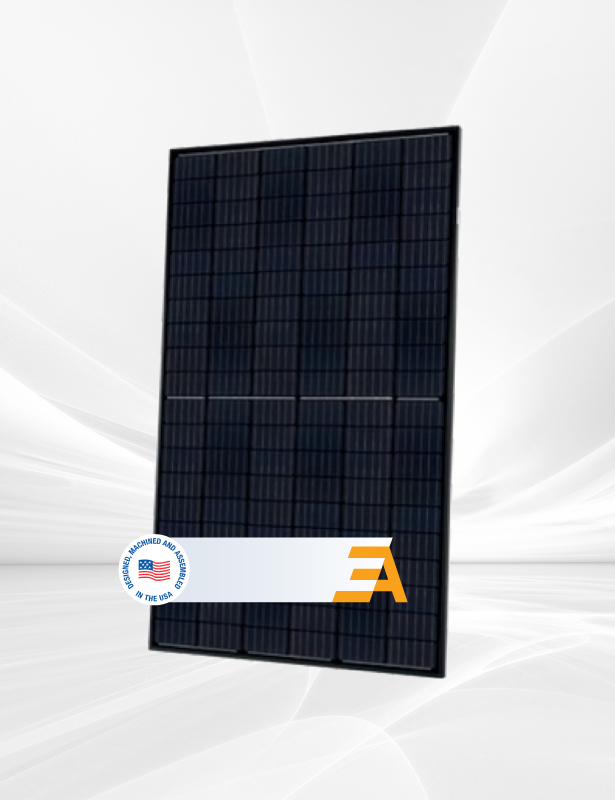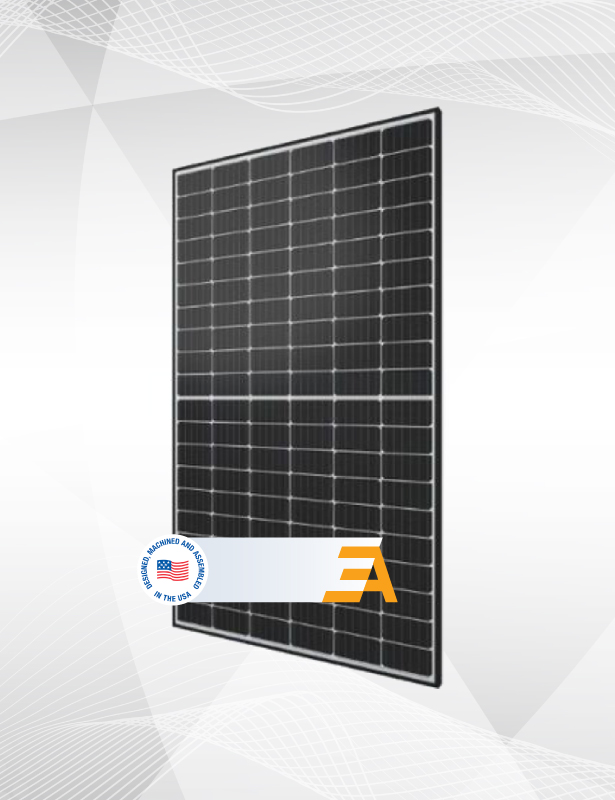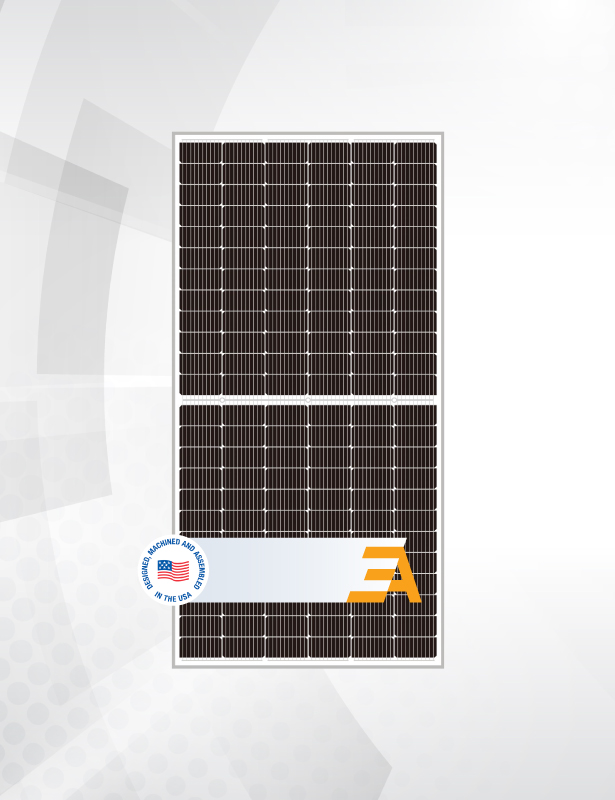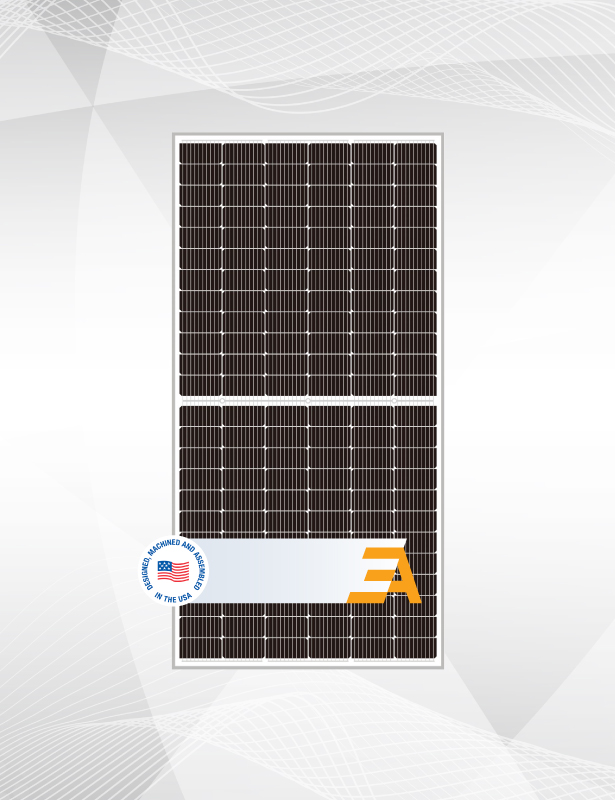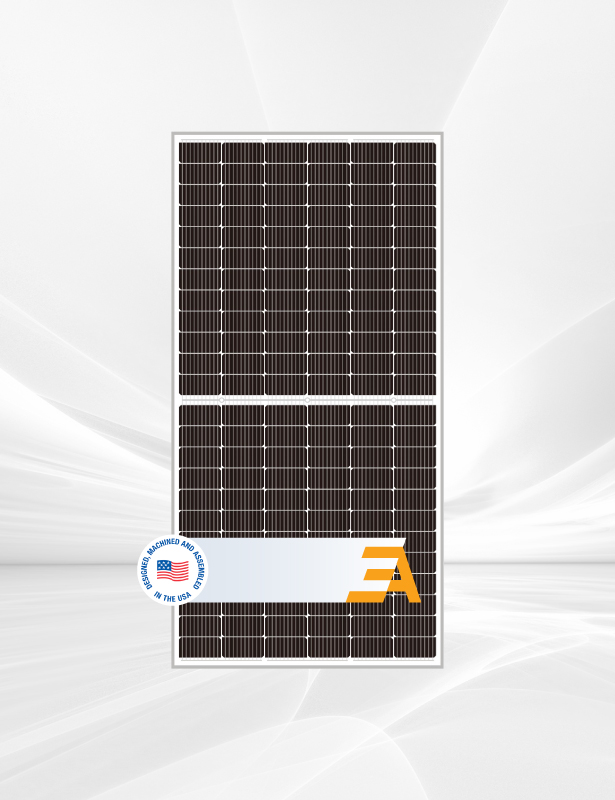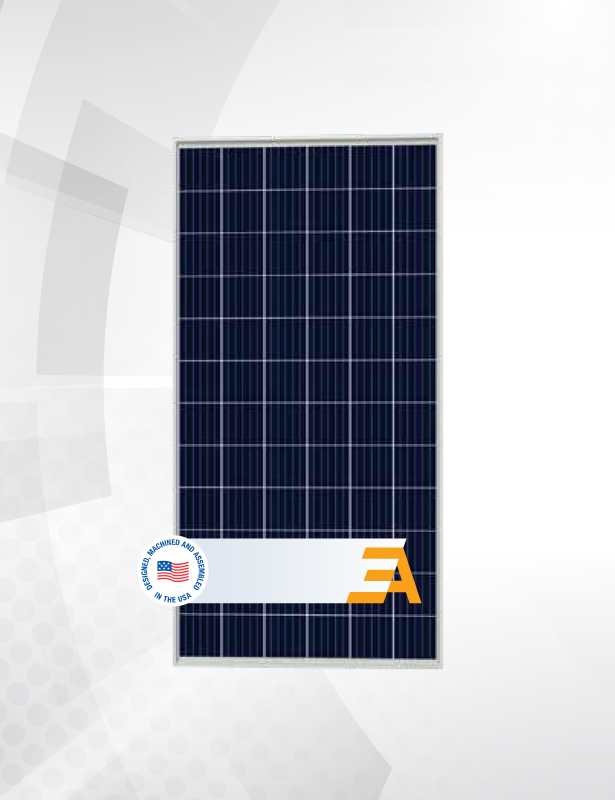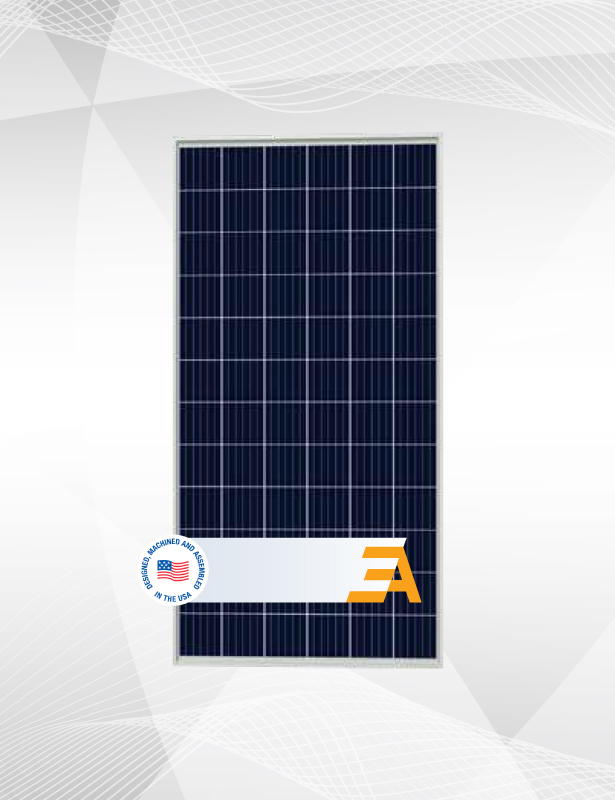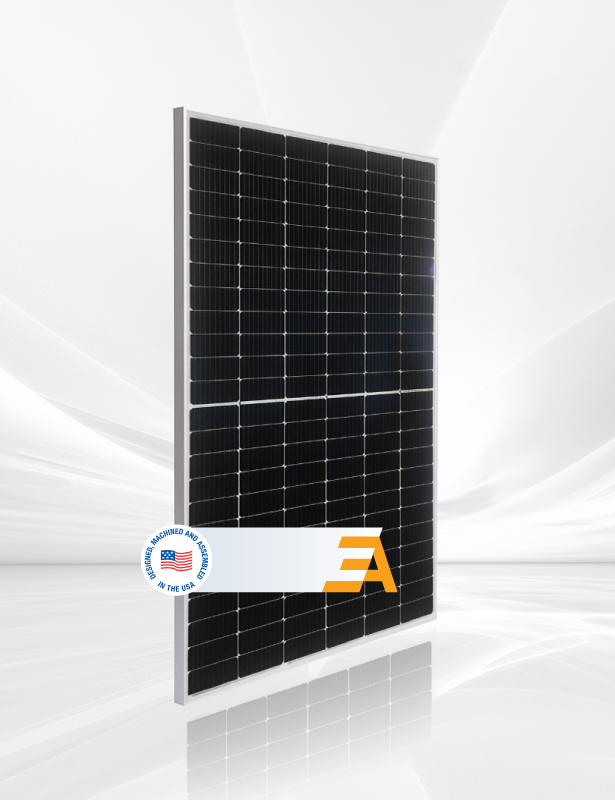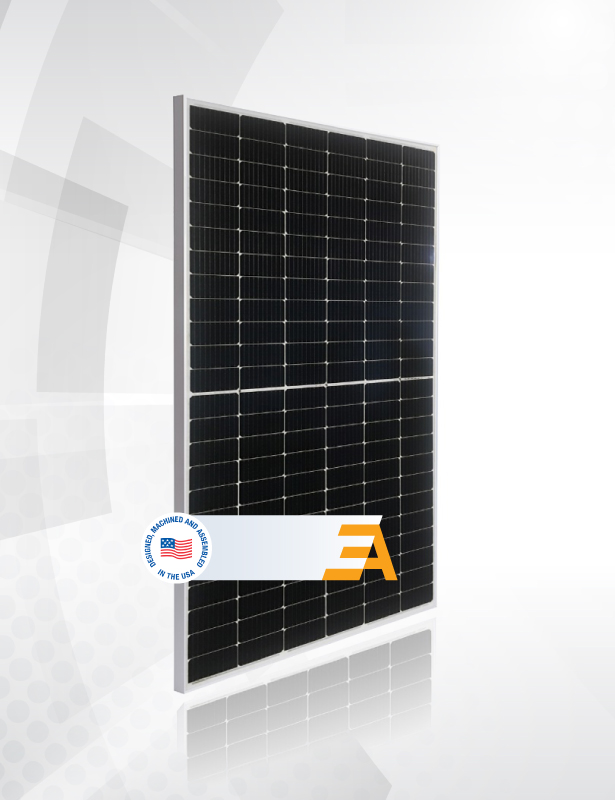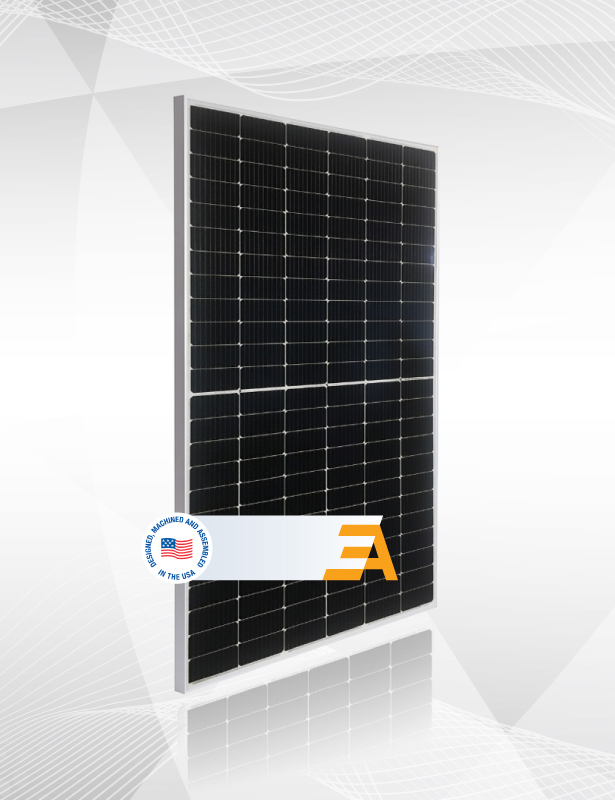Showroom
Solar Modules
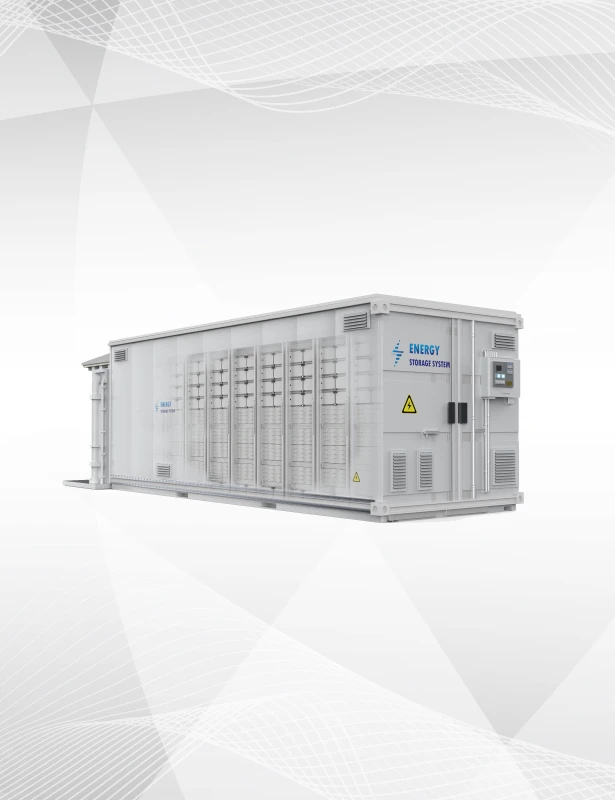
Energy Storage
Solutions
In Collaboration with GE Power
Energy America and General Electric Power bring you only the best in energy storage solutions. Our energy storage units, reservoir inverter units, reservoir platform solutions, and reservoir storage units are all engineered and manufactured in the USA to ensure the highest quality standards.
NEXT GENERATION MODULE
If you need to power a sustainable human presence on the Moon and Beyond, why not use one of the most powerful sources in our solar system – the Sun.
Energy America is in the process of developing a Solar Module that will withstand all climatic conditions, ultra-level robust, that these modules will be utilized for Space Program and using advanced technologies and testing methods to make these modules superior for projects on Earth. Using past applications, decades of combined research, R&D and frequent coordination with industry leaders such as SpaceX, Power Utilities & Technology providers, etc.
We at EA believe that solar technology innovation is progressing at a very slow pace, no major design innovation has been implemented towards increasing the efficiency of cells, reducing the same of the panel, using methods that can push the envelope that can produce next generation solar modules. EA assumes this responsibility to be very critical for Humanity to survive.

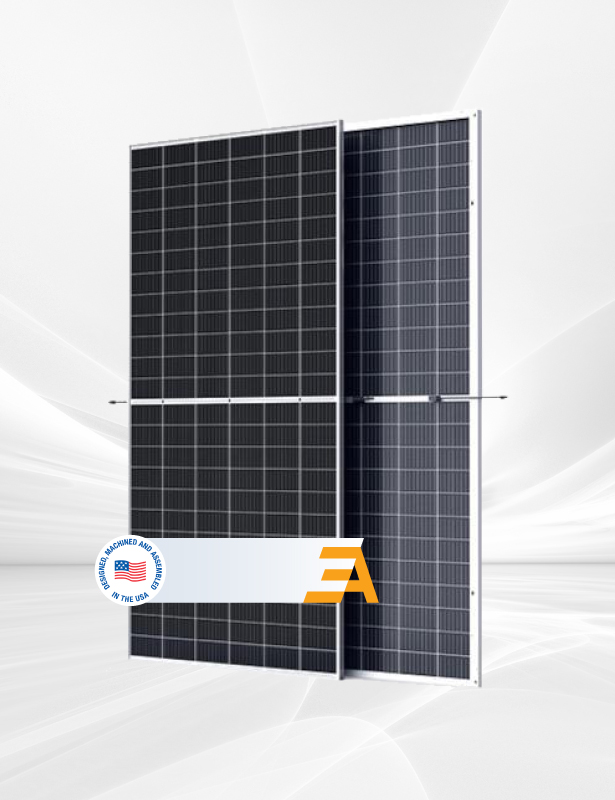
TopCOn
Tunnel Oxide Passivated Contacts
The use of charge carrier-selective contacts enables the realization of the highest solar cell efficiencies while preserving a potentially lean process sequence. With 25.3 % for an n-type solar cell with full-area charge carrier-selective backside contact, Fraunhofer ISE is holding the world record for silicon solar cells contacted on both sides. N-type silicon offers the advantage of higher tolerance to impurities. However, due to the lower segregation coefficient compared to p-type silicon, the variation in the base resistance increases.
Thanks to the one-dimensional current flow of solar cells with charge carrier-selective contacts, the base resistance does not significantly influence cell performance. It was demonstrated for the first time that efficiencies greater than 25 % can be achieved for base resistances between 1 and 10 Ωcm.


